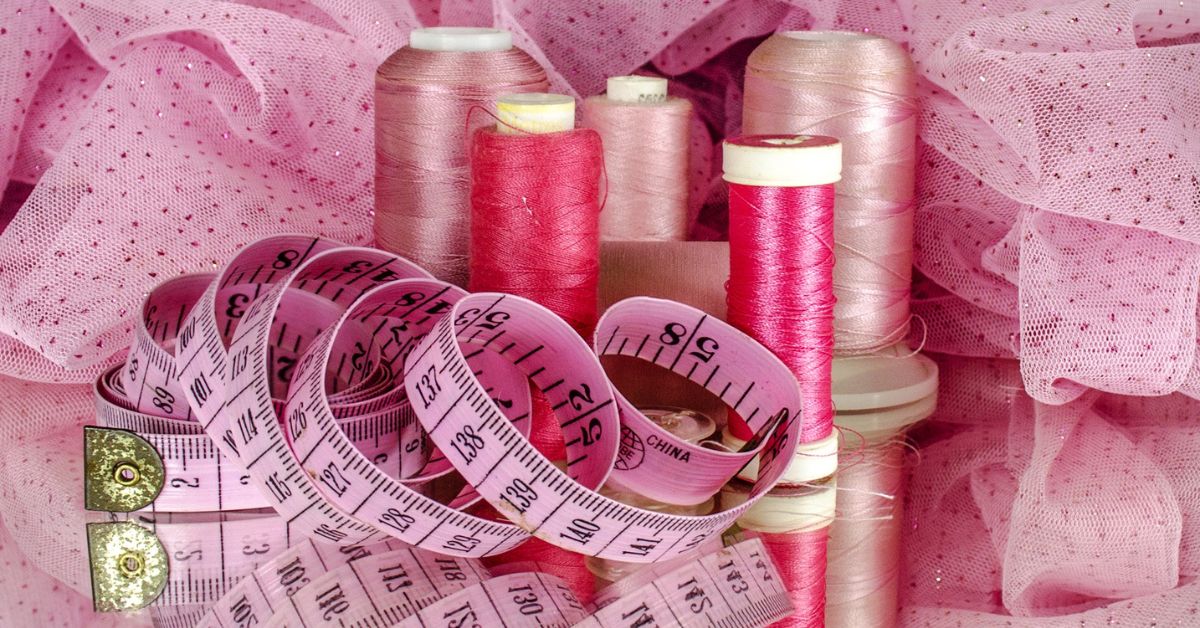In the fast-paced world of fashion, where creativity and innovation reign supreme, the integration of artificial intelligence (AI) is creating a new frontier. AI is not just a tool for efficiency; it’s becoming a creative partner that pushes boundaries, challenges norms, and brings the unimaginable to life. This fusion of technology and fashion is producing next-level designs that would have been inconceivable just a few years ago. As AI becomes more sophisticated, fashion designers and brands are discovering how this powerful tool can elevate their craft to magical new heights. From generative design to sustainability, let’s explore the crazy ways AI is revolutionizing fashion design.
1. AI-Driven Generative Design: Where Creativity Meets Algorithms
One of the most exciting developments in fashion is AI-generated design, where algorithms take on the role of co-creator. AI can analyze massive datasets—from fashion trends and consumer preferences to color schemes and fabric textures—and use this information to generate entirely new designs. Platforms like AgileSourcing utilize generative AI to create design mockups based on initial concepts, allowing designers to experiment with multiple iterations quickly and efficiently.
What makes this AI-driven design process magical is its ability to suggest combinations that might never have been considered by human designers. For instance, AI can blend design elements from different eras, cultures, and artistic styles, creating truly unique and avant-garde garments. Imagine a dress that seamlessly combines elements of traditional Japanese kimonos with futuristic 3D-printed textiles—AI makes this possible by drawing inspiration from vast and varied sources.
The beauty of AI-generated design lies in its ability to explore endless possibilities without the limitations of manual creativity. Designers can push the boundaries of their imagination by allowing AI to generate multiple versions of a design, each one offering a new perspective or a different approach to form, structure, or color.
2. Real-Time Market Insights: Designing What Consumers Want
Fashion has always been about staying ahead of trends, and with AI, designers can do more than just follow them—they can anticipate and even create them. AI tools, like those offered by AgileSourcing, allow brands to analyze real-time consumer data from social media platforms, online searches, and shopping behaviors. By understanding what consumers are currently interested in, AI helps designers create collections that are hyper-relevant to their audience.
For instance, if AI detects a surge in interest for sustainable materials or a specific color palette trending among Gen Z consumers, designers can adjust their collections in real time to align with these preferences. This ensures that every design is not only creative but also aligned with market demand, boosting the likelihood of commercial success. AI makes it possible to design fashion that resonates deeply with the audience, taking personalization and relevance to a whole new level.
3. Hyper-Personalized Fashion: Custom Designs at Scale
Personalization is the future of fashion, and AI is making it happen. Gone are the days when custom designs were reserved for high-end couture clients. With AI, brands can offer personalized designs to a wide range of consumers. By analyzing individual preferences—such as body measurements, style choices, and favorite colors—AI can create custom garments tailored to each person’s unique tastes.
Platforms like AgileSourcing leverage AI to offer consumers the ability to co-create their clothing. Customers can input their preferences, and AI instantly generates mockups of designs that match their style. This allows brands to provide mass customization, offering a bespoke experience to every shopper without the traditional costs associated with custom-made garments.
Imagine a consumer shopping online, selecting their favorite fabric, choosing a silhouette, and even tweaking design elements like sleeve length or neckline style—all powered by AI. The result is a garment that feels like it was designed specifically for them, enhancing the overall shopping experience and deepening the connection between the brand and the customer.
4. Sustainable Design: Reducing Waste and Overproduction
AI isn’t just transforming the aesthetics of fashion—it’s also revolutionizing how fashion is produced. One of the biggest challenges in the industry is overproduction, which leads to significant waste. AI helps solve this problem by providing demand forecasting based on real-time consumer data, ensuring that brands produce only what is needed.
AgileSourcing’s AI tools analyze trends and consumer behavior to predict which designs will resonate with the market and how much inventory should be produced. This reduces the risk of overstock and minimizes waste, aligning with the growing demand for sustainable fashion practices.
Additionally, AI can optimize fabric usage during production. By analyzing how patterns are laid out on materials, AI can ensure that fabric is used efficiently, minimizing scraps and reducing waste. AI can also recommend eco-friendly materials, helping designers make choices that are better for the planet without compromising on style.
5. Designing with AI-Generated Textures and Fabrics
AI is taking fashion into unexplored territories by enabling designers to create completely new textiles and textures. Generative AI can be used to design fabrics that incorporate unique patterns or features, pushing the boundaries of what’s possible in material design. For example, AI can simulate how fabrics behave in different environments, allowing designers to choose the perfect texture for both functionality and style.
Designers can even use AI to create smart fabrics that react to the wearer’s movements or environment, adding a layer of interactivity to fashion. This was exemplified by Anouk Wipprecht’s Spider Dress, which used AI and sensors to detect the wearer’s emotions, triggering robotic arms to respond defensively, creating a blend of fashion and technology that was both functional and artistic.
6. AI and Circular Fashion: Designing for Longevity
AI is also playing a crucial role in supporting the circular fashion movement, which focuses on extending the lifecycle of garments and reducing environmental impact. AI helps designers create garments that are easier to recycle or upcycle by analyzing the lifecycle of materials and offering suggestions for designing with sustainable fabrics.
Platforms like AgileSourcing promote circular fashion by helping designers optimize material usage and incorporate recyclable components into their designs. AI can also suggest ways to design garments that can be disassembled and repurposed at the end of their lifecycle, ensuring that fashion stays in circulation rather than ending up in landfills.
The combination of AI and fashion is truly magical, offering designers the tools to create next-level designs that push the boundaries of creativity and sustainability. From generative design and real-time consumer insights to hyper-personalization and sustainable production, AI is enabling fashion to evolve in ways that were once considered impossible.
As AI continues to develop, platforms like AgileSourcing will play a central role in helping designers harness the power of technology to create garments that are not only beautiful and innovative but also aligned with the demands of modern consumers and the planet. In the world of fashion, AI is more than just a trend—it’s the future, transforming creativity into a magical, boundary-pushing reality.





